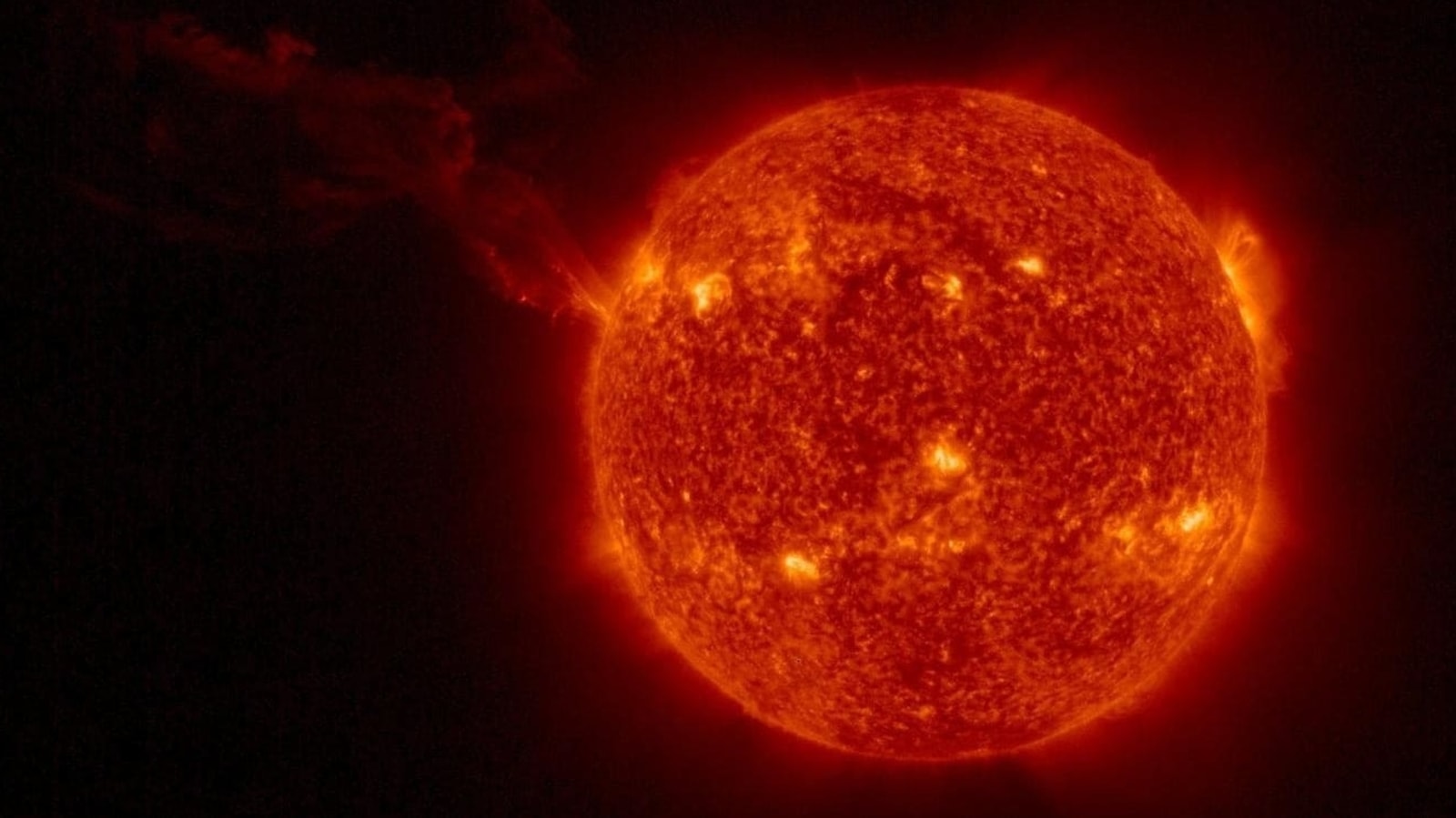Big Solar Storm to hit the Earth on July 20 after an unexpected solar flare went off on the Sun
On July 15, a powerful solar flare was set off on the Sun. The flare released a large amount of coronal mass ejection (CME) in space, directed towards the Earth. Now, the resultant solar storm is expected to hit tomorrow, July 20.

Four days ago, on July 15, a M2.9 class solar flare was spotted erupting on the Sun. It was due to unstable solar activity and spontaneous combustion in a new sunspot called AR3058. The powerful solar flare sent radiation towards the Earth on the same day and caused radio blackouts and GPS disruptions in various parts of the world. While many assumed that would be the end of it, now it appears that a slow-moving coronal mass ejection (CME) which was released from the solar flare is approaching the Earth and will strike us in the form of a solar storm tomorrow, July 20. Find out how powerful this solar storm can be and what to expect from it.
It was reported by SpaceWeather.com which warned about the upcoming solar storm on its website. It said, “Minor G1-class geomagnetic storms are possible on July 20th or 21st when a slow-moving CME is expected to hit Earth's magnetic field. The CME was hurled into space by an unstable filament of magnetism, which erupted on July 15th”.
Dr. Tamitha Skov, popular space weather physicist, also made a similar prediction in her Twitter forecast, stating a 50% chance of a major solar storm tomorrow. She also said that this week will not be favorable for GPS operators.
Solar Storm to strike the Earth tomorrow
This CME was particularly slow as usually solar material takes around 24-48 hours to reach the Earth. And due to its slow speed, it is expected that the solar storm will be of the minor variant G1 class and will not cause any damage to the satellites or communication systems on Earth. However, GPS can still see some fluctuations and disruptions on the dayside of the Earth. Apart from that, aurora enthusiasts will also have a good time and auroras will be visible in the higher latitudes.
According to the NOAA forecast, solar flares are also possible throughout the week, with new sunspots emerging on the Earth-facing solar disk. These sunspots can trigger massive solar flares, with the maximum impact being estimated at X-class, which can cause radio blackouts, GPS disruptions and even mobile network issues.
Catch all the Latest Tech News, Mobile News, Laptop News, Gaming news, Wearables News , How To News, also keep up with us on Whatsapp channel,Twitter, Facebook, Google News, and Instagram. For our latest videos, subscribe to our YouTube channel.




























